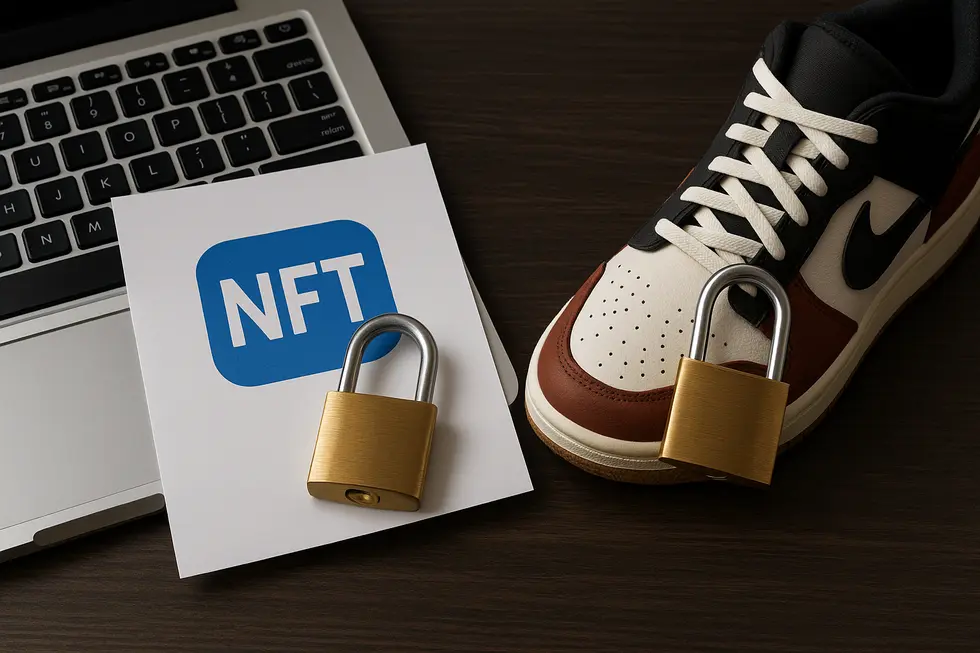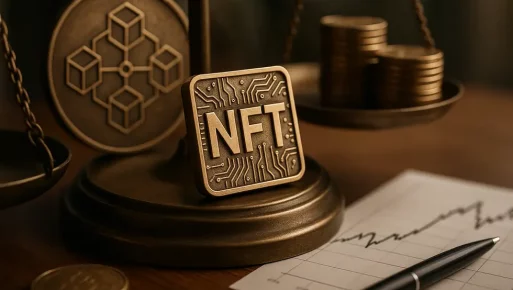NFTs, or non-fungible tokens, have emerged as a revolutionary tool in the battle against counterfeiting, providing new methods to verify authenticity and ownership in both digital and physical markets. As counterfeit goods continue to pose challenges across industries, understanding how NFTs help prevent counterfeiting becomes crucial. This article explores the benefits and applications of NFTs for brands, supply chain professionals, digital artists, tech developers, and consumers. We delve into their role as digital certificates of authenticity, their capability to ensure transparency, the function of smart contracts, the unique challenges within digital spaces, and real-world applications that showcase their effectiveness against counterfeit threats.
The Digital Fortress: How NFTs Act as Certificates of Authenticity to Combat Counterfeiting
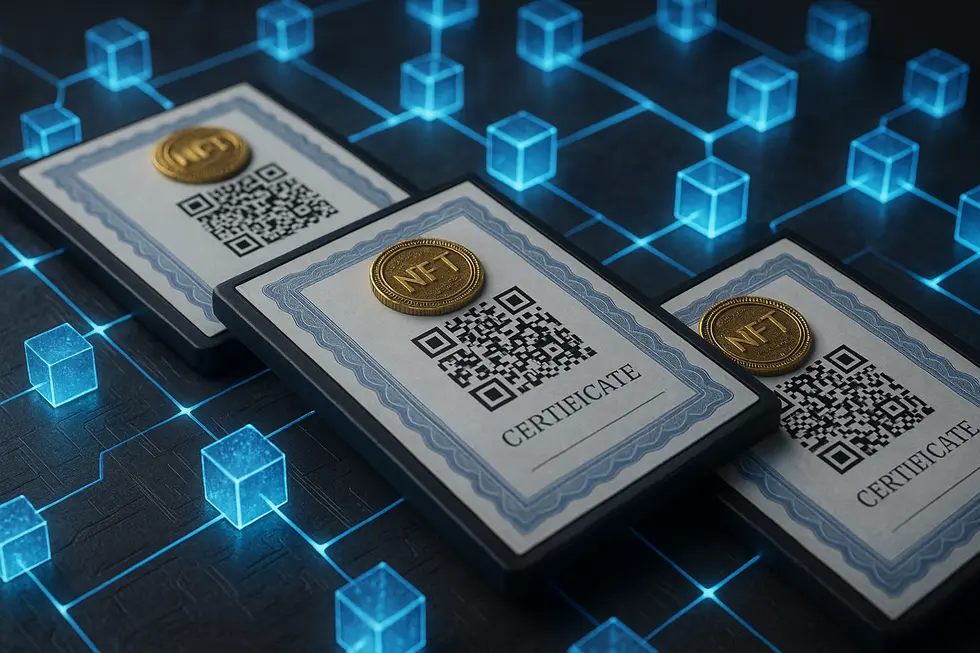
In the digital landscape, NFTs have emerged as a powerful force for preventing counterfeiting by acting as unique digital certificates of authenticity. Each NFT is embedded with a distinct digital identification, stored on an immutable blockchain ledger, which guarantees the asset’s authenticity and provenance. This blockchain feature makes it extremely challenging for counterfeit tokens to be created or altered without detection, offering significant advantages over traditional methods of verifying authenticity.
The key to how NFTs help prevent counterfeiting lies in their immutable ownership records. By linking assets directly to a blockchain, NFTs ensure a tamper-proof history of creation and ownership that is publicly accessible and verifiable by anyone. This radically transparent system eliminates the risks associated with physical certifications, which are susceptible to loss or forgery.
NFTs also enhance consumer trust by integrating with physical products. Coupled with secure supply chains and the efficiency of smart contracts, consumers can verify a product’s authenticity through digital identifiers linked to an NFT, making counterfeits substantially less convincing. For example, in sectors like luxury goods and pharmaceuticals, NFTs can securely authenticate products, reducing the prevalence of counterfeit goods.
By embracing the decentralized power of NFTs, industries not only bolster consumer confidence but also establish a robust mechanism against fraudulent activities. For more about creating NFTs and how they integrate into various markets, read this guide on creating NFTs for digital artworks.
The Transparency Revolution: How NFTs Combat Counterfeiting with Verified Ownership
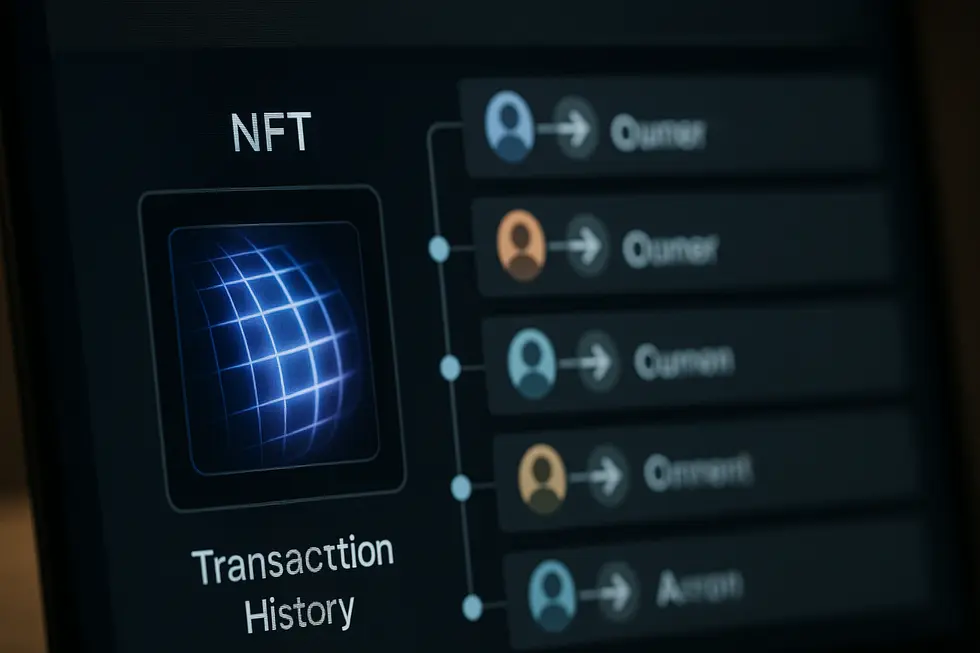
NFTs, or Non-Fungible Tokens, are at the forefront of preventing counterfeiting by guaranteeing transparency in ownership and provenance. One of the pivotal features of NFTs is their existence on an immutable blockchain, ensuring that every transaction and change in ownership is permanently recorded. This immutability makes it exceedingly arduous for counterfeiters to create fake or unauthorized duplicates, thereby safeguarding authenticity.
The use of platforms like NFTtrace exemplifies how NFTs enhance traceability across supply chains. By enabling real-time tracking, stakeholders can verify the authenticity of products at every stage, significantly reducing the risk of counterfeiting. Consumers and businesses alike gain confidence from this transparent process, fostering trust and protecting brand integrity.
Furthermore, NFTs leverage smart contracts to automate ownership transfers and enforce terms, minimizing the need for intermediaries and bolstering the reliability of digital assets. This technological advancement both deters fraud and serves as robust evidence in legal disputes, strengthening intellectual property rights.
By offering a verifiable chain of custody, NFTs instill consumer confidence and protect brands against fakes in both digital and physical realms. This transparency is not only vital for deterring counterfeiting but also crucial in building a trustworthy marketplace. For a deeper understanding of blockchain networks that support NFT transparency, visit Monbase’s guide on the best blockchain networks for NFTs.
Smart Contracts: The Automators of Anti-Counterfeiting in NFTs
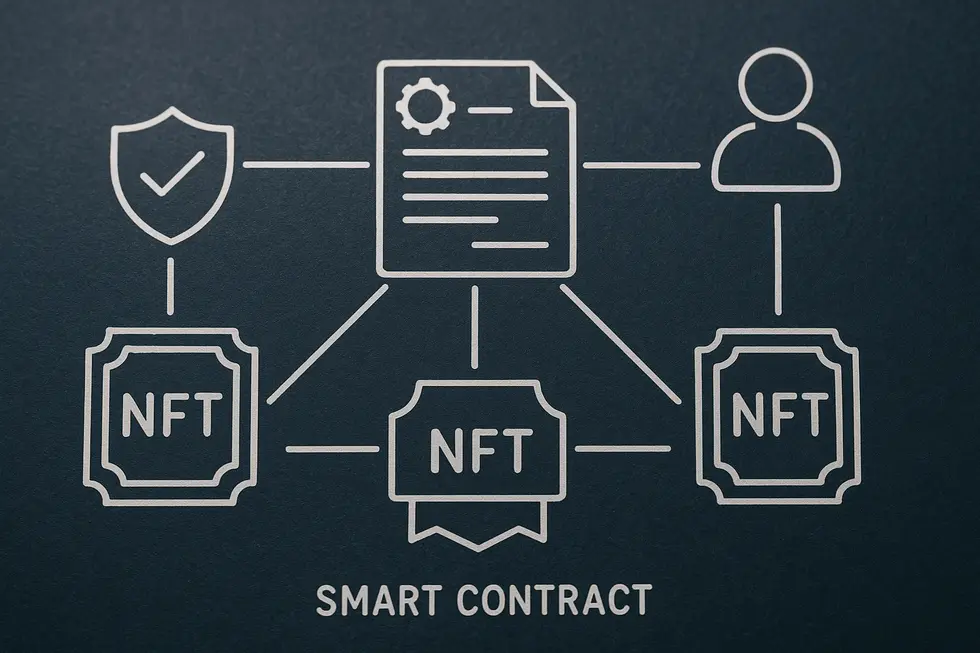
Smart contracts fundamentally transform how NFTs help prevent counterfeiting by automating authentication and ensuring transaction security on blockchain networks. These digital contracts enable NFTs to represent genuine product ownership by embedding verifiable information that is immutable and tamper-proof, safeguarding authenticity.
In practice, smart contracts remove the need for intermediaries by securely attaching each NFT to a unique product or digital asset ID. This linkage is especially effective in high-risk counterfeiting sectors like pharmaceuticals and luxury goods. Every step, from manufacturing to final sale, is transparently logged on an immutable ledger. This allows both consumers and regulators to verify products’ authenticity through simple QR codes or RFID tags tied to NFTs.
Despite these advantages, security vulnerabilities in smart contracts threaten their efficacy. Security analyses have uncovered issues like reentrancy bugs and improper access controls, leading to potential counterfeit token creation or fund theft. Scammers also mimic legitimate NFT minting projects to deceive users and gain wallet access.
Thus, while smart contracts are essential in combating counterfeiting, they require heightened security measures and collaboration among developers, security experts, and regulators to ensure safe adoption. Further insights into avoiding scams can be explored through resources like Uniswap support. Embracing these continuous improvements can solidify smart contracts as the backbone of anti-counterfeiting initiatives via NFTs.
Navigating the Intricacies of Counterfeit Prevention with NFTs

The endeavor to tackle counterfeit prevention with NFTs in digital spaces presents a unique array of challenges. Despite NFTs’ promise of ensuring authenticity and trust, the systems supporting them reveal vulnerabilities that enable the proliferation of counterfeit tokens. Attackers exploit weaknesses in minting functions and smart contracts, creating fake digital assets that can deceive even the savviest users. Such attacks often employ phishing schemes and fraudulent interfaces to trick users into interacting with counterfeit NFTs or untrustworthy marketplaces.
These issues are compounded by legal ambiguities in how digital assets are classified and protected, further complicating enforcement against counterfeits. Large brands, such as Nike, have already encountered trademark disputes involving NFTs, exemplifying the legal gray areas that need resolution. The ecosystem lacks a comprehensive security framework, and academic research has only begun to explore some of the potential attack vectors that threaten these technologies.
Researchers are actively developing tools like transaction trace analysis to identify vulnerabilities and strengthen these systems. Collaboration between cybersecurity specialists and blockchain developers is crucial to build more secure NFT platforms, restoring trust as NFTs broaden their reach across industries such as finance and gaming. Understanding these complexities is essential for ensuring NFTs continue to be a robust tool against counterfeiting. For insights on balancing legal frameworks and NFT applications, see the latest NFT legal updates in Vietnam.
Harnessing NFTs for Authenticity in the Physical World
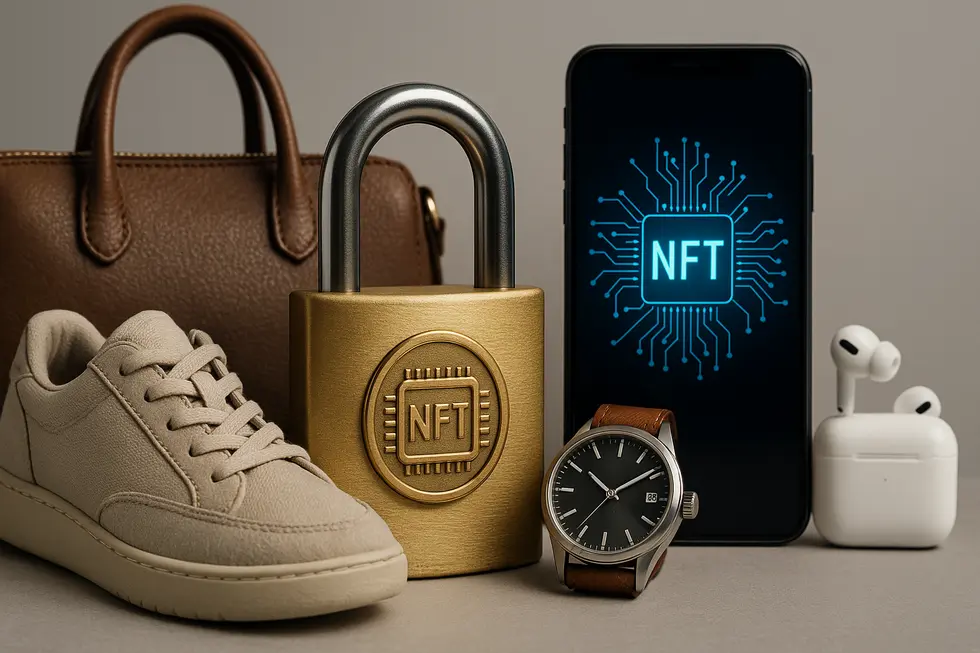
In an era where counterfeit goods plague various industries, Non-Fungible Tokens (NFTs) emerge as a groundbreaking solution to combat this pervasive issue. Specifically, NFTs help prevent counterfeiting by creating immutable digital certificates of authenticity, thereby assuring buyers of the genuineness of their purchases linked to physical products. By leveraging blockchain technology, these digital certificates offer an unalterable trail of authenticity and origin, enabling businesses and consumers to unerringly verify a product’s provenance.
In luxury fashion, prestigious brands such as LVMH and Prada are already employing NFTs to safeguard their offerings. By linking each high-end product to a unique digital certificate on a decentralized ledger, these fashion powerhouses not only thwart counterfeit attempts but also facilitate secure resale in secondary markets. Furthermore, NFT platforms like BitViraj are revolutionizing tracking by embedding product journeys within immutable blockchain records, ensuring transparency from manufacturing to consumer purchase—a strategy equally beneficial to sectors like pharmaceuticals and electronics.
While NFTs promise significant advancements in preventing counterfeiting, challenges remain. Security vulnerabilities in NFT minting processes and the rise of counterfeit tokens necessitate ongoing evolution. Enhanced collaboration between cybersecurity experts and developers is crucial to strengthen these systems, ultimately safeguarding brand integrity and fostering consumer trust. Explore more about monbase.com’s blockchain solutions for protecting against counterfeiting.
Final thoughts
NFTs are redefining the framework for authenticity verification and counterfeit prevention. By offering digital certificates, enabling ownership transparency, employing smart contracts, and confronting digital marketplace challenges, NFTs present robust solutions for safeguarding assets. As industries integrate these technologies into their operations, the focus will remain on enhancing security measures and ensuring widespread adoption to protect against counterfeiting. Ultimately, NFTs provide an innovative path forward in building consumer trust and ensuring brand integrity across global markets.
About us
Monbase Global is a strategic partner of OpenLive Group, focused on expanding the reach and utility of blockchain and digital asset applications across international markets. As a core collaborator in the Monbase NFT ecosystem, Monbase Global plays a vital role in driving cross-border partnerships, investment strategies, and user adoption beyond Vietnam. With a vision to build a decentralized digital economy rooted in trust and innovation, Monbase Global supports the international growth of NFTs, digital collectibles, and the use of the MBC token across various platforms. The partnership between Monbase Global and OpenLive Group brings together local insight and global ambition—creating real-world value for creators, collectors, and businesses alike.
🌐 Join the Monbase NFT community and stay ahead of the Web3 curve.
💬 Follow us on Telegram, Twitter, or Discord for drops and updates!
Facebook | X (formerly Twitter) | Telegram announcement | Telegram community


